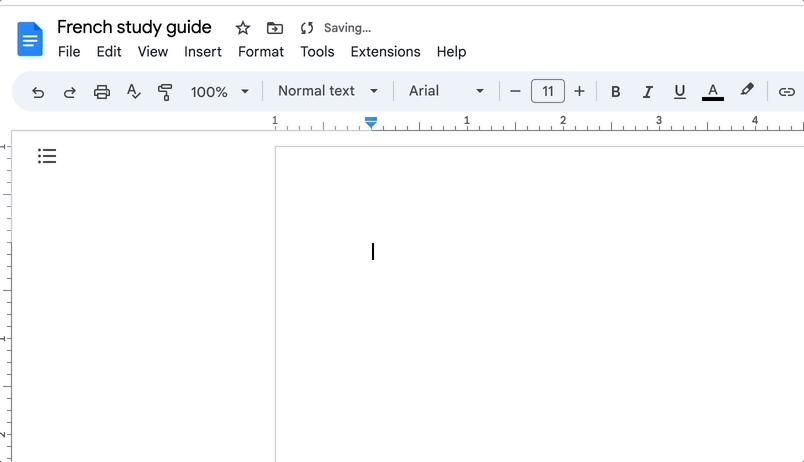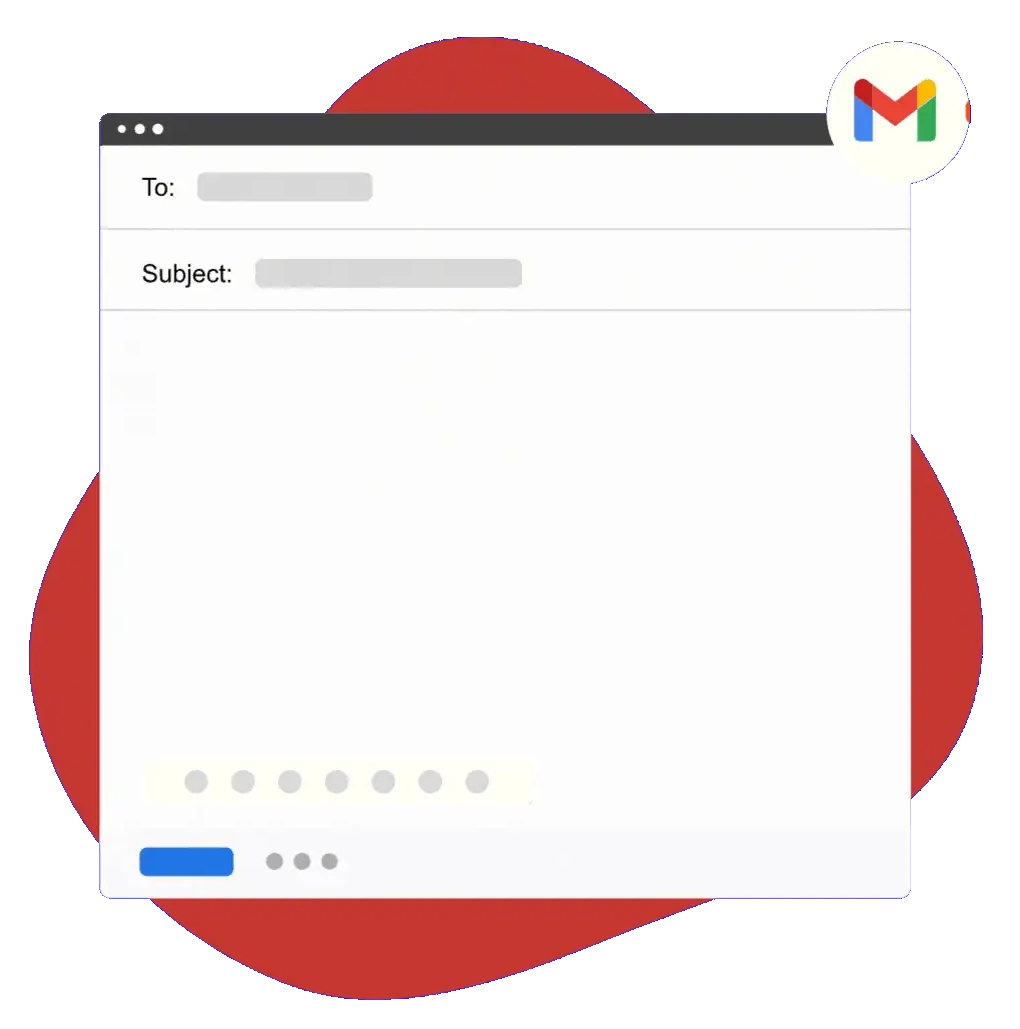Language Learning: How to Learn a New Language in 2023
Picture yourself at a bustling café in a foreign country. The air is filled with the sounds of conversations, the aroma of freshly brewed coffee, and the distinct lilt of a language you've spent months learning.
Suddenly, your diligent studies pay off as you order your coffee in the native language, leaving the barista smiling in appreciation.
Learning a new language can be a thrilling and rewarding endeavor, and in this increasingly global world, it can be an invaluable asset.
So, let's delve into this fascinating world of language learning, understand how it works, and unearth some handy tips to help you on this journey.
What is Language Learning?
Language learning is the process of acquiring a new or second language. It's not just about memorizing vocabulary and grammar rules, but also about understanding the culture, idioms, and ways of thinking that come with it.
Language learning can take place in a classroom, online, or during an immersion experience in a country where the language is spoken.
Learning a language is like unlocking a door to a whole new world. It allows you to communicate with new people, understand different perspectives, and appreciate diverse cultures on a much deeper level.
How Does Language Learning Work?
Our brains are incredible machines designed to learn new things, and language is no exception. When we learn a new language, we are essentially training our brain to recognize new patterns of sounds, structures, and meanings.
In the early stages of language learning, your brain forms connections between the new language and your native tongue. This is why you might find yourself translating words and sentences from the new language back into your first language.
As you become more proficient, your brain starts forming direct connections with the new language, allowing you to think and express yourself in it without the need for translation. This stage is often referred to as achieving fluency.
The process can be challenging, especially when we're adults. As children, our brains are more plastic and more open to absorbing languages, but that doesn't mean adults can't learn a new language. It simply means that the process might require more conscious effort and practice.
Tips on Learning a New Language
Learning a new language can be made easier with the following tips:
Consistent Practice: Regular exposure and practice are crucial in language learning. Even if it's just a few minutes each day, make it a habit to read, write, speak, or listen to the new language. Flashcards are one great way to practice new vocab words you want to memorize.
Engage All Your Senses: Don’t just focus on reading and writing. Engage your auditory and speaking skills by listening to music, watching movies, or talking with native speakers.
Make it Interactive: Learning a language doesn't have to be a solitary task. Join language clubs, participate in language exchange programs, or use language learning apps that have interactive features.
Be Patient With Yourself: You won't become fluent overnight. It's okay to make mistakes—that's how you learn. Be patient and celebrate small victories along the way.
Immerse Yourself: If possible, spend time in a country or community where the language you're learning is spoken. This immersion can dramatically accelerate your learning process.
Using Flashcards for Language Learning
Flashcards are an excellent tool in language learning. They enhance visual memory, making it easier to remember new words and phrases. With the word in your target language on one side and its translation on the other, you can practice anytime, anywhere.
They can be categorized by topic to provide context, adding to their effectiveness. Adding pictures or using colors for different word types can make them more engaging and help enhance memory.
In the digital age, using online flashcards is a cheaper and quicker solution. Read on to use our language learning flashcards template.
In a nutshell, flashcards are simple, flexible, and customizable, making them a valuable asset for any language learner.
Language Learning Flashcards
Using Text Blaze, you can make learning a new language as easy as a few taps on your keyboard. With Text Blaze and Data Blaze, you can create virtual flashcards that pull from a spreadsheet of your vocabulary words and definitions.

The language learning flashcards template below includes over 150 French vocab words and definitions you can use to make your language learning process easier.
Using our language learning flashcards, you can:
- Randomly pull vocabulary words or term from a spreadsheet.
- Instantly generate flashcards without switching tabs or apps.
The template below is for learning French, however, you can simply replace them with the language of your choice to start studying today.
Conclusion
Language learning is a journey of discovery—one that opens up new worlds and opportunities. It's a process that involves training your brain to understand and use a new set of linguistic rules.
Use Text Blaze and Data Blaze to quickly create flashcards to make your language learning process simple!
Give our template above a try today!
Hi there! You made it all the way down to the bottom of this article. Take a few seconds to share it.
Want to turbo charge your work with templates and snippets? Text Blaze is the fastest way to do that.







